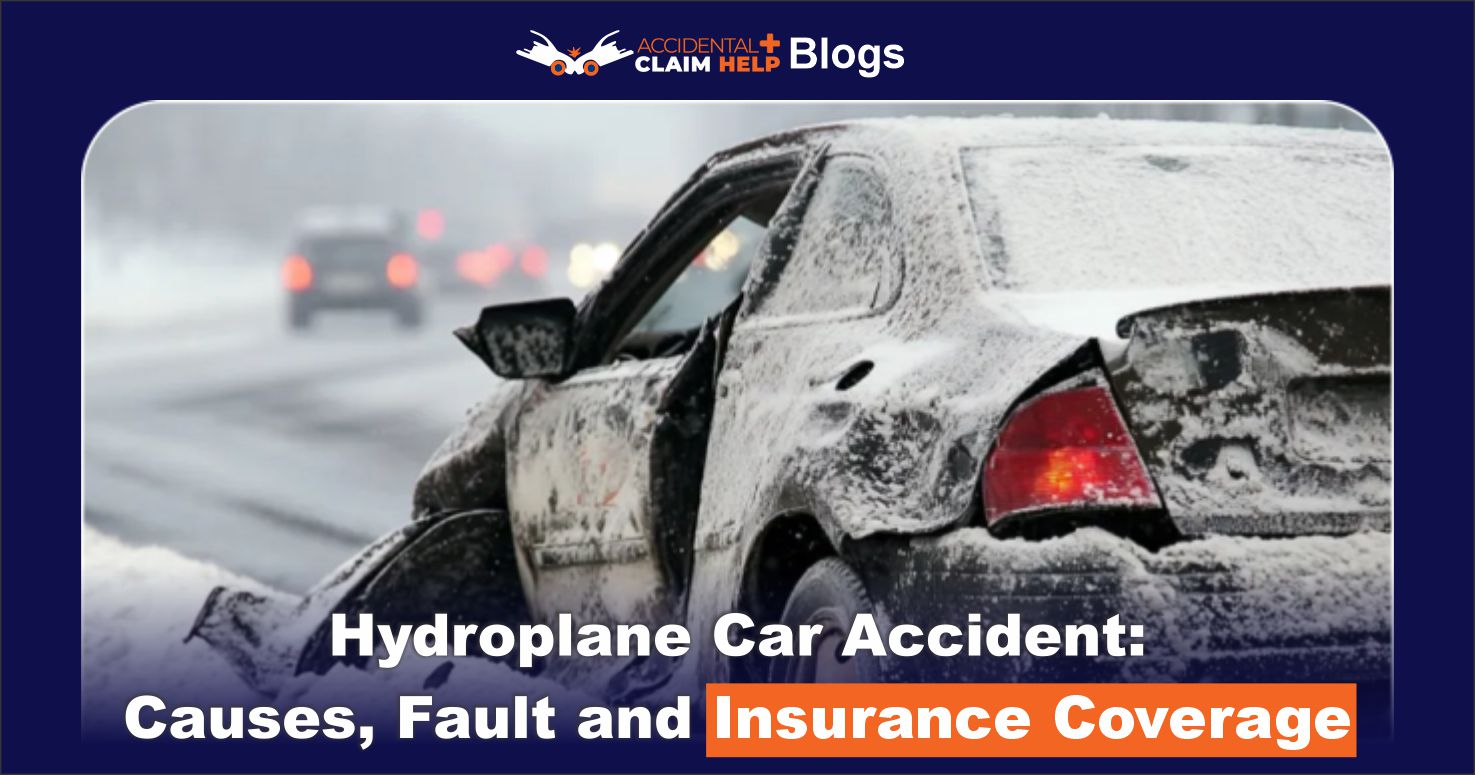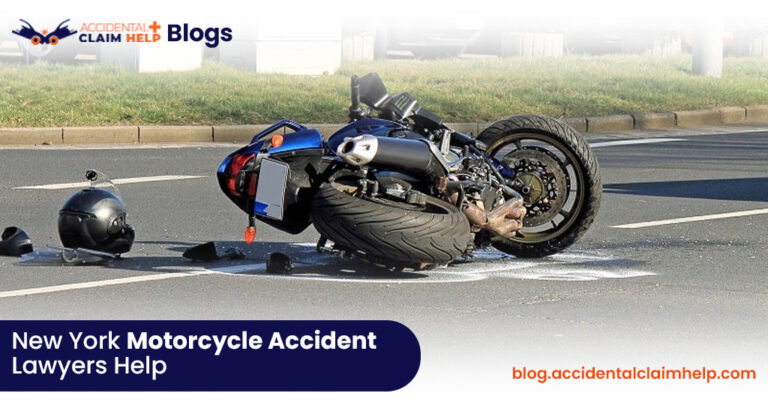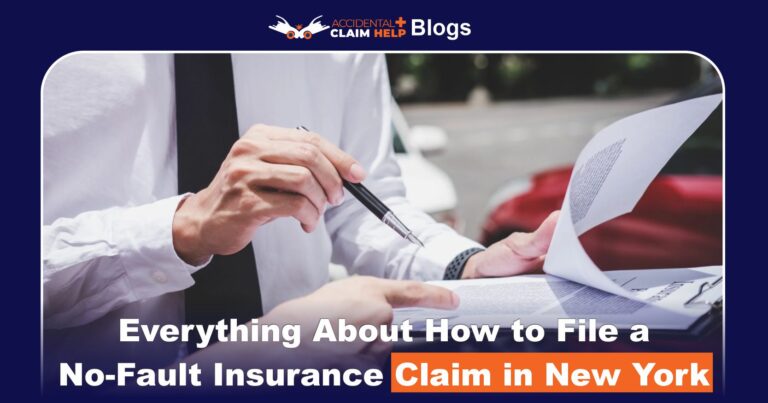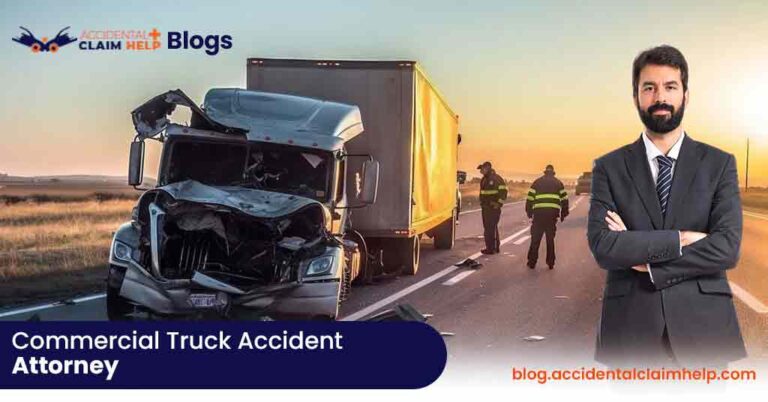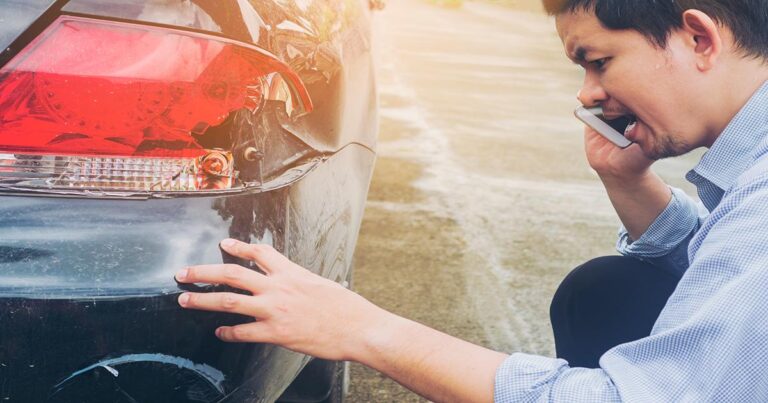Hydroplane Car Accident: Causes, Fault & Insurance Coverage
Hydroplaning occurs when a car’s tires lose contact with a wet road surface, causing the vehicle to skid uncontrollably. In the U.S., hydroplaning accidents are alarmingly common: most weather-related crashes happen on wet pavement (about 75% of such crashes). Hydroplaning “is what happens when your tires drive over wet pavement or standing water and lose contact with the road surface, resulting in a loss of traction.” Wet roads, standing water, high speed, and worn tire treads are major causes – for example, even a tenth of an inch of water can lift your tires off the road. Drivers on wet roads should be very cautious: one study found that fatal-crash risk rises 34% when it’s raining.
Car accidents from hydroplaning often happen with just one vehicle involved. If you lose control and crash into a ditch or barrier (a single-car accident), you will usually rely on your own insurance for recovery. Progressive notes that in a weather-related single-vehicle crash, “the driver is typically considered at fault,” and only your own policies (like collision and MedPay/PIP) pay for damage and injuries.
In fact, if you’re injured in a single-car hydroplane accident in the rain, medical payments coverage or personal injury protection (PIP) may cover your medical bills. Likewise, a personal injury law blog explains that “your only option is to file a claim under your own insurance policy” when you hydroplane and crash by yourself. In short, if you are the only driver involved, you must claim with your collision coverage (for vehicle damage) and PIP/MedPay (for injuries), since there is no other driver to hold liable.
Fault and Liability in Hydroplaning Crashes
By law, drivers are expected to maintain control at all times – even in bad weather. This means that hydroplaning is usually considered a driver’s fault. In fact, when people wonder “is hydroplaning an at fault accident”, the answer is generally yes. For example, one injury law source explains that when hydroplaning causes a crash, “you are at fault for not being in control of the vehicle as required by law.” Similarly, Progressive Insurance notes that in a single-car hydroplane crash, the driver is “typically considered at fault.” If investigators find that you were speeding, distracted, or driving with worn tires when you hydroplaned, insurers will likely deem you negligent and hold you responsible for the accident.
However, fault can sometimes lie elsewhere. Neither example of Progressive nor injury attorneys dismiss the role of road or vehicle defects. For instance, if defective equipment or poor roads caused your hydroplane crash, others may be liable. Progressive’s auto insurance guide lists scenarios where the driver would not be to blame: e.g. if your tires or brakes failed due to a manufacturer defect, or if a roadway’s dangerous condition (poor drainage or missing hazard signs) caused the crash.
Likewise, injury lawyers note that municipalities responsible for road maintenance or automakers of defective parts could share liability for a hydroplaning accident. In practice, though, these exceptions are rare and hard to prove; most hydroplane crashes are attributed to driver error (speed or inattention) in rain.
It’s also important to remember insurance law variations. Some U.S. states have no-fault insurance, where each driver’s personal injury protection (PIP) covers their own injuries regardless of fault. In those states, a hydroplane victim simply uses PIP for medical costs. In at-fault states, fault matters more: if another driver hydroplanes into you, you can seek recovery from their liability insurance; if you hydroplane into someone else, your liability insurance pays their losses. If more than one driver is involved (for example, two cars hydroplane and collide), fault may be apportioned by negligence. But in the common single-car scenario, there’s usually no “other driver” to sue.
Does Insurance Cover a Hydroplane Accident?
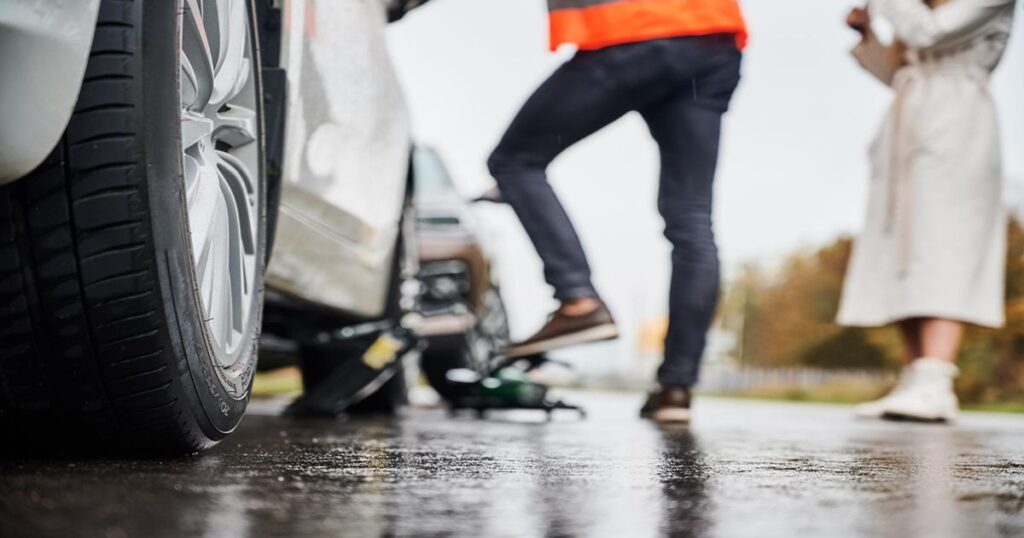
Most standard auto policies do cover hydroplane accidents – there is no special “hydroplane insurance,” but your regular coverage applies. In a typical policy:
Collision coverage pays for damage to your vehicle after a hydroplane crash. Progressive explains that if you “get into a single-car hydroplane accident, collision coverage would cover damage to your vehicle.” So if you slide off the road into a tree while hydroplaning, your collision or comprehensive coverage (whichever applies) is what repairs your car.
Liability coverage pays for damage and injuries to others if you are at fault. For example, if you hydroplane and hit another car, Progressive notes that if you are found at fault, “your liability coverage may cover injury to the other party and damage to their vehicle.” Similarly, injury law blogs remind us that if a hydroplane crash injures someone else and the insurer deems you responsible, your liability insurance must cover the other driver’s medical bills, lost wages, and repair costs.
MedPay or Personal Injury Protection (PIP) covers immediate medical costs for you and your passengers, regardless of fault (depending on state). Progressive specifically cites PIP as a way to pay your medical bills when you’re hurt in a weather-related single-car accident. (In states without PIP, your health insurance or MedPay would cover you up to its limit.)
In short, yes – insurance typically covers hydroplaning accidents, assuming you have the appropriate coverage. As one legal article states, “Auto insurance policies often provide coverage for accidents caused by hydroplaning.” Note, though, that coverage applies only if the damage/injury is covered by your policy terms. Collision will fix your car; liability will pay others if you caused the crash; PIP/MedPay can cover medical bills; but optional coverages (like uninsured motorist) might be needed if the other party has no insurance.
How Does Hydroplaning Affect Insurance: Filing a hydroplane claim is no different from any accident claim. If you are found at fault, expect a claim on your collision/liability and likely a premium increase. For instance, a personal injury lawyer blog confirms that while collision coverage will pay for your damaged car, “if the insurer deems you at fault, your premiums will likely increase.”
On the other hand, if you are not at fault (e.g. someone else hydroplanes into you), their insurer pays and your rates should not rise. Still, it’s wise to report every accident. After a hydroplane crash, treat it like any other crash: check for injuries, move to safety, call the police, document conditions (especially road and weather), exchange information, and report the claim to your insurer. Having good documentation (photos of the wet road, witness statements, police report) can help if there is a dispute over fault.
Personal Injury Claims After a Hydroplane Crash
When someone is injured in a hydroplane accident, the legal remedy depends on fault. If you hit another vehicle or pedestrian while hydroplaning, any injured party will look to your auto insurance for compensation (via your liability coverage). If another driver hydroplanes into you, you can make a personal injury claim against them (and their insurer) for medical bills and damages. Personal injury law works the same way it does in any car crash: the negligent party (or their insurance) is responsible for injuries and losses.
However, as noted, many hydroplane accidents are single-car crashes with only you involved. In those cases, you cannot sue another driver for compensation because no other negligent driver exists. Instead, you must rely on your own insurance (PIP, MedPay, collision). In a single car accident hydroplane situation, your insurer will typically handle the claim directly. As Progressive explains: “If you’re in a single-vehicle hydroplane accident, your insurance may cover your injuries and property damage.” Legal experts say precisely: “If you’re in a single car accident due to weather, your only option is to file a claim under your own insurance policy.”
Only in rare circumstances could you seek compensation from a third party—for example, if a design flaw in your car or a defectively maintained road caused you to hydroplane, you might have a claim against the car maker or government entity. Such product-liability or premises-liability claims are complex and depend on proof that a non-driver is at fault.
In any case, whether through insurance or by filing a claim, start the process quickly. If another driver caused your hydroplane crash, you (or your attorney) would file a claim with their insurance. If you caused the crash, you file under your own policy.
Most states allow a personal injury lawsuit if insurance does not fully compensate you, but this typically requires showing negligence by someone at fault (driver, mechanic, or municipality). In practice, for a single-car hydroplane crash, the personal injury claim aspect is usually just your own claim for benefits on your auto policy. It’s only when another party is legally to blame (or in multi-vehicle collisions) that a true personal injury lawsuit arises.
How to Avoid Hydroplaning
Preventing hydroplane accidents is about safe driving in wet conditions. Key tips include:
- Slow down on wet roads. Higher speeds dramatically raise hydroplaning risk. Progressive warns that wet-weather crash risk jumps 34% when it’s raining. Driving well below the speed limit when roads are slick gives your tires more chance to grip.
- Maintain good tires. Tires with deep tread and proper inflation shed water more effectively. Replace tires once the tread depth approaches 2/32″ and keep them rotated and inflated to manufacturer specs. One guide notes that worn tires are “significantly more prone to hydroplaning.”
- Avoid standing water and puddles. Slow down before puddles; driving through deep water often initiates hydroplaning. Progressive advises: “Avoid driving through puddles – steer clear of standing water in the roadway as puddles are common places for hydroplaning to occur.”
- Do not use cruise control in rain. Cruise control can delay your reaction if you start to hydroplane. When roads are wet, it’s safer to control speed manually so you can adjust instantly.
- Drive smoothly. Avoid hard braking, sudden turns or quick lane changes in rain. Jerky maneuvers can trigger loss of control if water is on the road.
Following these precautions helps minimize hydroplaning chances. As Progressive notes, “Slow down when it’s raining” and watch the road closely for wet spots. Also, consider investing in high-quality tires rated for wet conditions; some brands advertise superior water evacuation in their tread design.
Finally, remember: the first few minutes of a rainstorm can be especially dangerous, as oil and water create slickness on pavement. Whenever possible, try to wait out heavy downpours or give roads time to drain before driving at normal speeds.
Final Words
In summary, hydroplane accidents – especially single-car crashes – are usually deemed the driver’s fault, but insurance often still covers the damage. Collision coverage pays for your vehicle; liability pays others if you caused injuries; medical coverages like PIP/MedPay help with treatment. If you are hurt, report the accident promptly, seek medical attention, and work with your insurance. For serious injuries or contested fault, you may want to consult a personal injury attorney who understands state laws on auto accidents and negligence.

